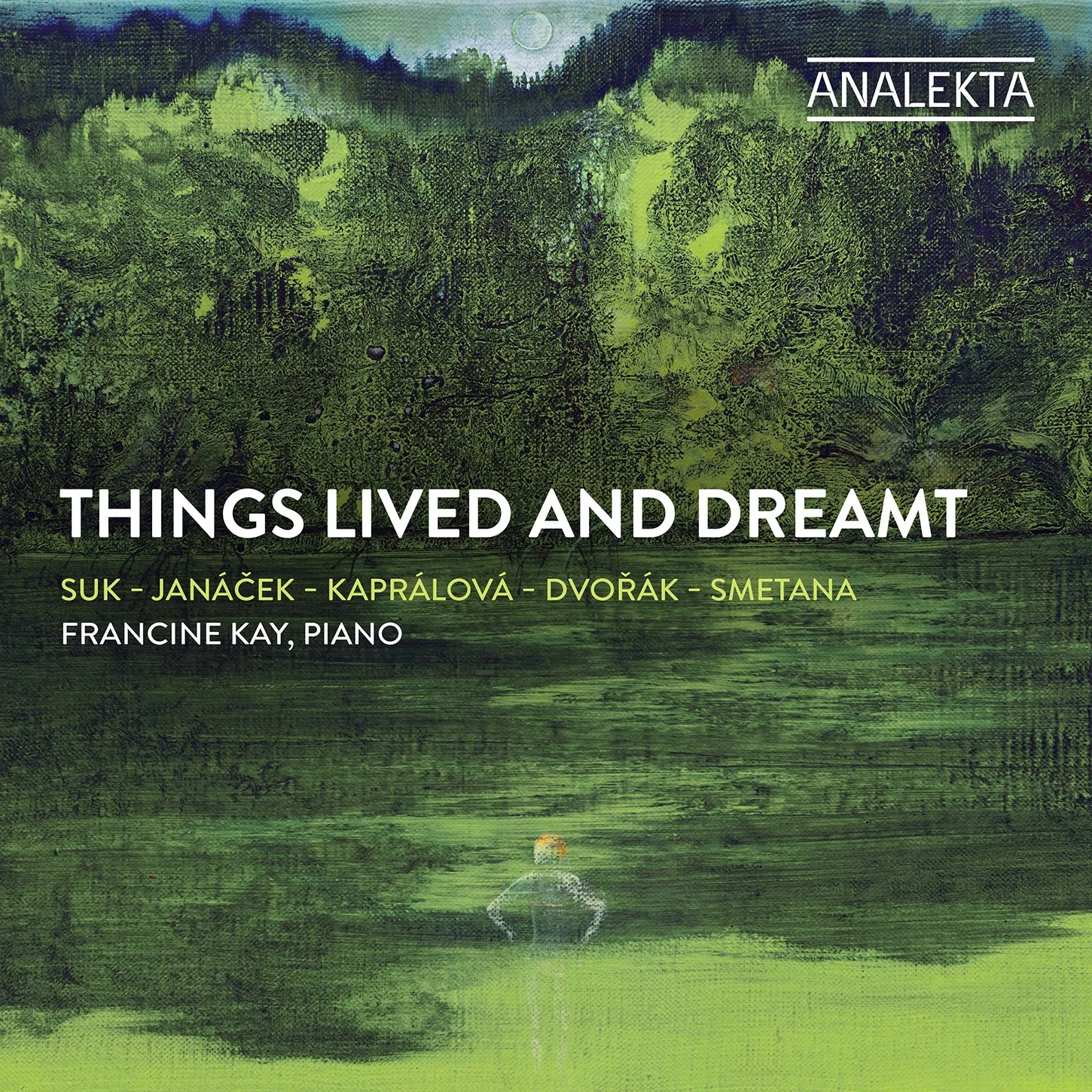Pianist Orli Shaham on tour with her brother Gil Shaham
Mozart concerto with Columbus Symphony
East Coast recitals with violinist Deborah Buck, chamber music with Pacific Symphony, and more
A week with Gil Shaham
In April, Orli Shaham goes on tour with her brother Gil Shaham. Both musicians have incredibly busy careers of their own, and these concerts are a rare occurrence to see the two in recital together. The repertoire is part of Orli's ongoing project "The Clara Effect," which celebrates the lasting impact of Clara Schumann as a composer, performer, and influencer. This program features music by Clara alongside her husband Robert Schumann and their close friends Johannes Brahms and Amanda Meier.
Concerts are April 3 in Madison, WI (University of Wisconsin), April 5 in Aliso Viejo, CA (SOKA Performing Arts Center), and April 6 in La Jolla, CA (La Jolla Chamber Music Society). Also, the Shahams will tape a special "siblings" episode of NPR's From the Top, (for which Orli is Co-Host and Creative) which will be broadcast nationwide this spring.
Orli Shaham joins the violinist Deborah Buck, who has been praised by The Strad as having a “surpassing degree of imagination and vibrant sound,” for recitals on the east coast.
On April 13, an 11 am Sunday morning performance on the Gather NYC series is another "Clara Effect" program, with works by Clara Schumann, Beethoven, Amanda Meier and William Grant Still. On April 27 at 2 pm, Shaham and Buck head to Connecticut for a performance of music by Beethoven, Dvorak and Franck at the Westport Library presented by Orchestra Lumos. May 11 at 2 pm and 4 pm brings a special free Mother's Day program to Bargemusic at its new location: Brooklyn Bridge Park Boathouse, 10 Montague Street in Brooklyn, NY. On the program, music by Dvořák, Clara Schumann, Beethoven, William Grant Still, and Gerardo Matos Rodríguez.
Mozart with Columbus Symphony
This weekend, March 14 and 15, Orli Shaham heads to Ohio for a performance with the Colmbus Symphony. The all-Mozart program features Shaham performing the composer's Piano Concerto No. 20 in D minor, K. 466 with conductor Rossen Milanov. As she continues to celebrate Clara Schumann and her legacy, Shaham performs the Mozart with Schumann's own cadenza, as she did with a recent performance of the work with the Princeton Symphony.
A limited edition box set of Orli Shaham's complete Mozart piano sonatas is available on Canary Classics.
Cafe Ludwig
On May 4, Shaham returns to Pacific Symphony to close out her 17th season as curator, host, and pianist of the Cafe Ludwig chamber music series. The program features Messiaen's Quartet for the End of Time, Debussy's Sonata for Flute, Viola, and Harp, and Reena Esmail's The Light is The Same, a beautiful exploration of cross-cultural dialogue that The Washington Post described as “the musical equivalent of translucent silk, rustling in a gentle breeze.”
This winter, Shaham was in the studio with musicians from Pacific Symphony to record a series of world premieres by American composers, including this work by Reena Esmail, that will be featured on an album released by the symphony later this year. Stay tuned for details!
For your Listening Pleasure
Orli Shaham was a featured guest on violinist Noa Kageyama's podcast "Bulletproof Musician." The conversation covered a range of topics, especially relevant for student musicians, including overcoming setbacks, learning to trust the process, the real benefit of recording yourself, and cultivating confidence. Watch the hour-long conversation in full here, or stream wherever you get your podcasts.






